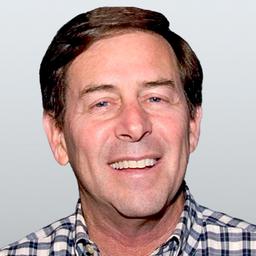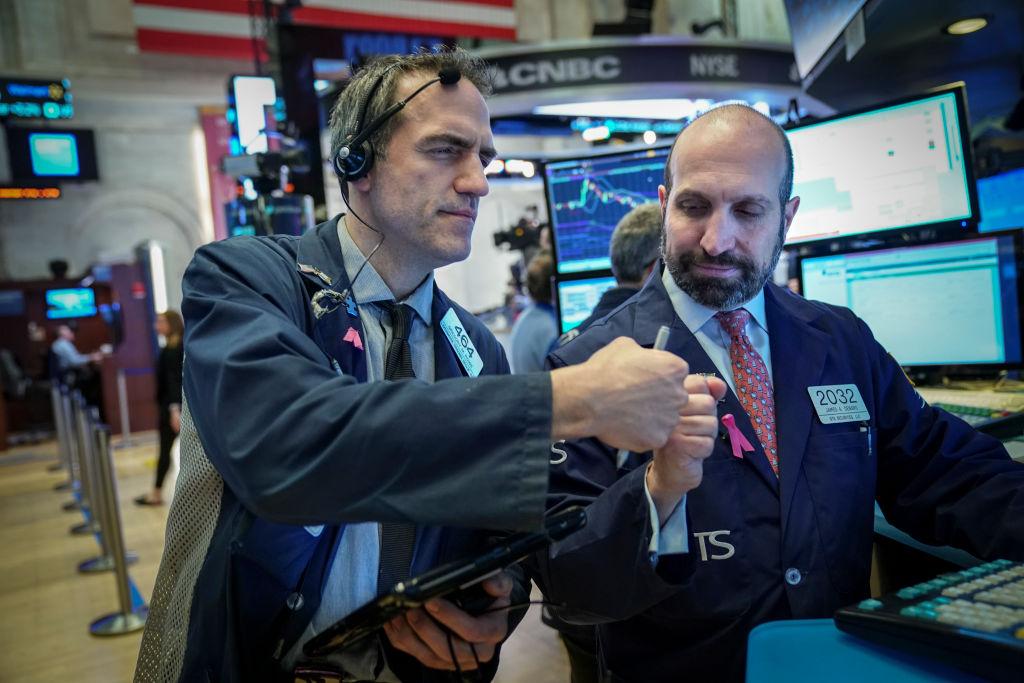Commentary
At their March meeting, the Federal Reserve decided to raise interest rates a meager 0.25 percent. That hike will do little to head off the upcoming double-digit price increases that will begin before summer starts. The Fed’s shockingly irresponsible behavior will do little to reduce inflation. And because of their weak position, when they finally take more drastic action, a recession could follow.





